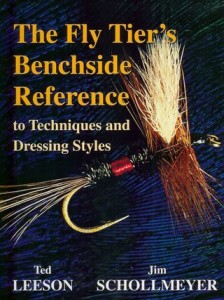
Title: The Fly Tier’s Benchside Reference
Author: Ted Leeson, Jim Schollmeyer
ISBN-10: 1571881263
ISBN-13: 978-1571881267
Pages: 444
For me this is the reference book that I keep on my desk: this is not about patterns, discussions about what to tie for different species or rambling about non-essential things, but to the point descriptions about specific techniques that you need for achieving the best result. Each technique is presented short, but with a very clear description accompanied with pictures for that specific part of the fly. In addition to the main explanation that has pictures with blue background there are also alternate steps (for achieving the same result) on some of the techniques to show how it can be done with a different approach.
I use this book as a reference when tying (very good when looking at online videos where quality is not that good all the time) and for sitting down and learning new techniques – Just pick a section (Extended Bodies) and implement all the different techniques in a training session.
The book contains 400+ tying methods presented with 3000+ color pictures, and have chapters like:
- Hook Preparation
- Thread Handling
- Tails and Trailing Shucks
- Dubbed Bodies
- Woven BodiesUpright Wings
- Parachute Hackle
and many more. The full index and some of the material is available for preview if you click on the cover on the book at amazon.com
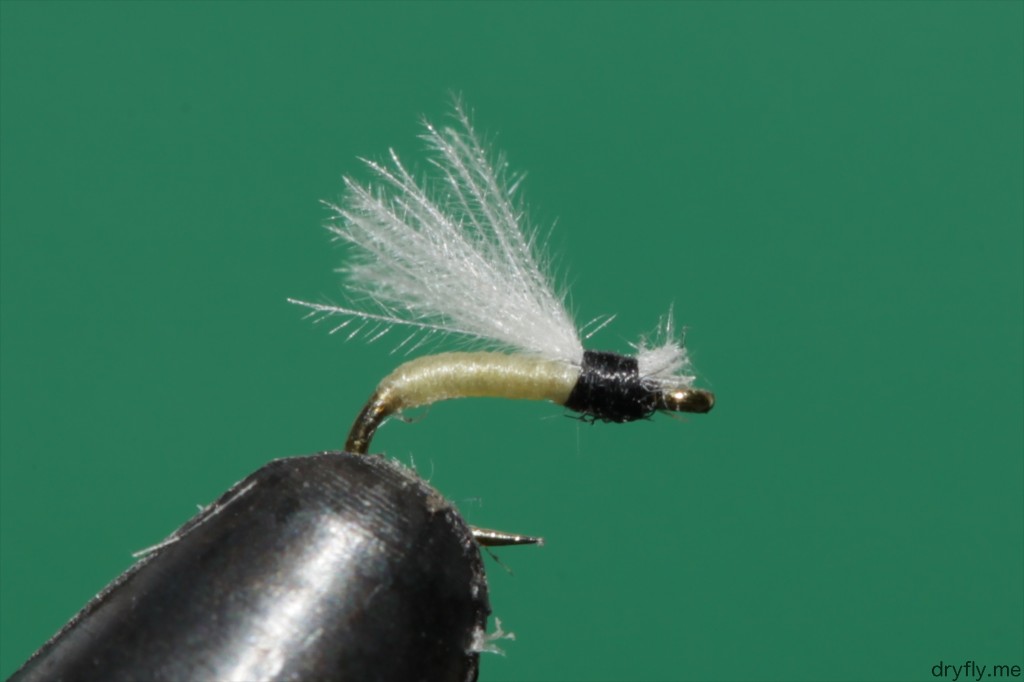
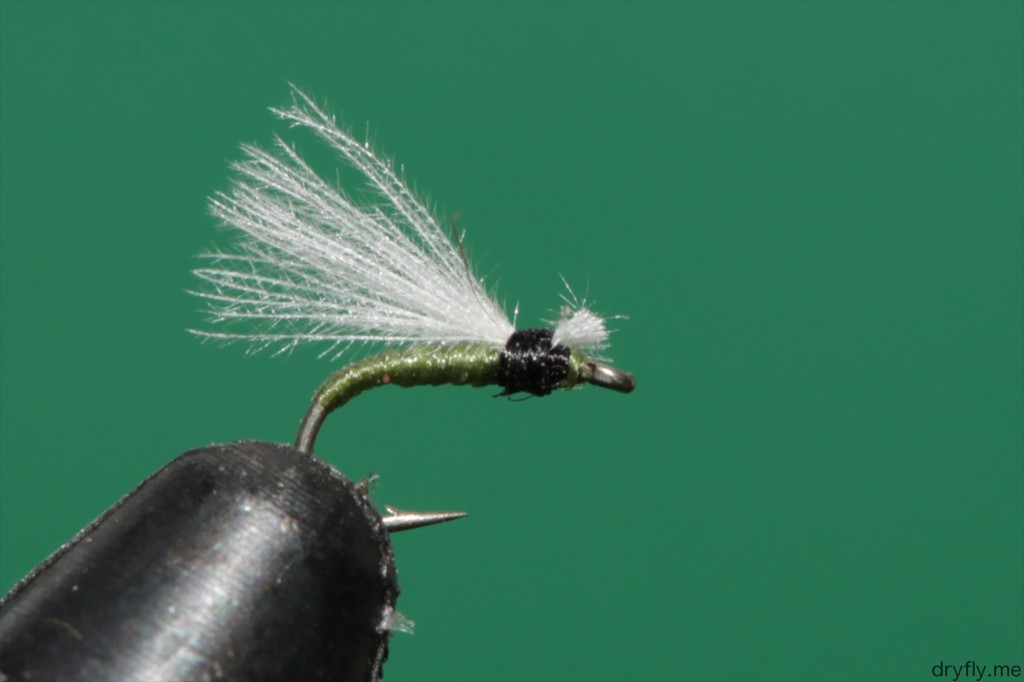
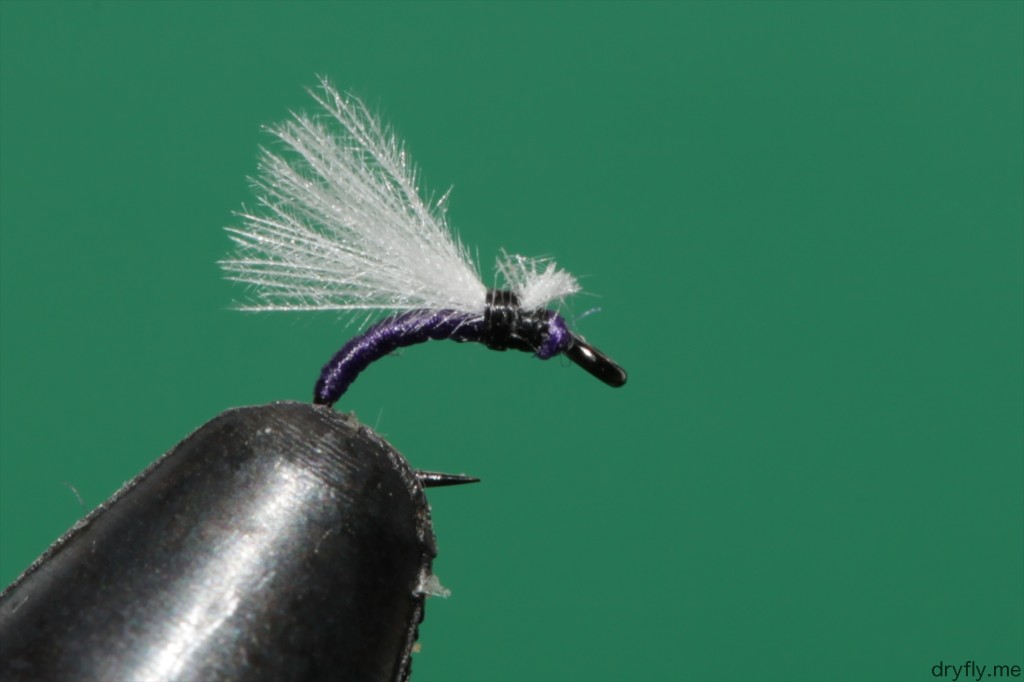
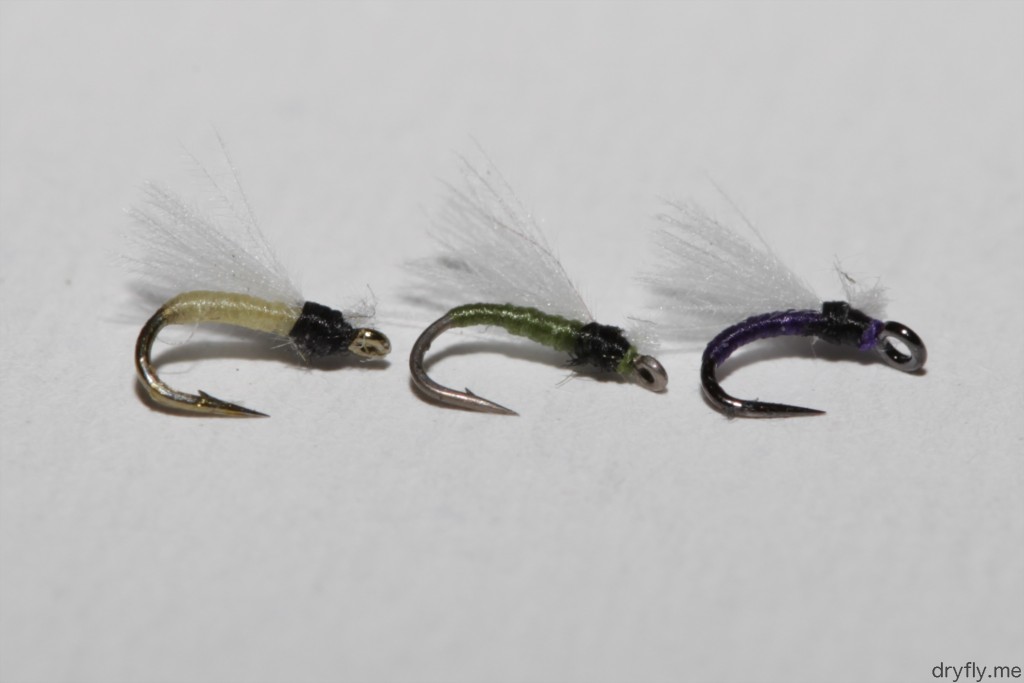
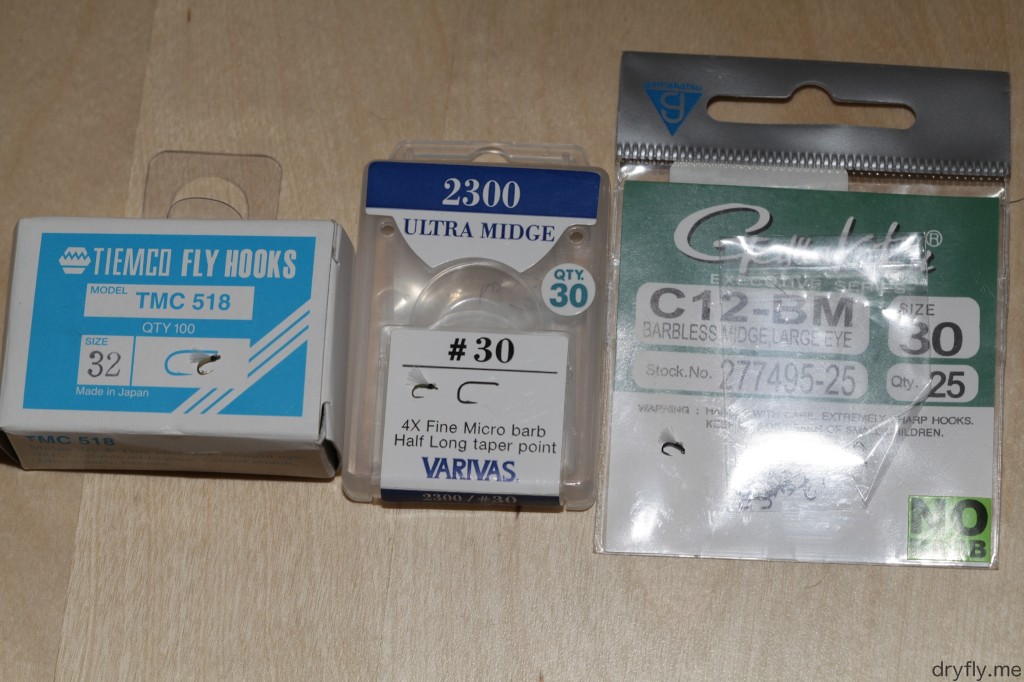
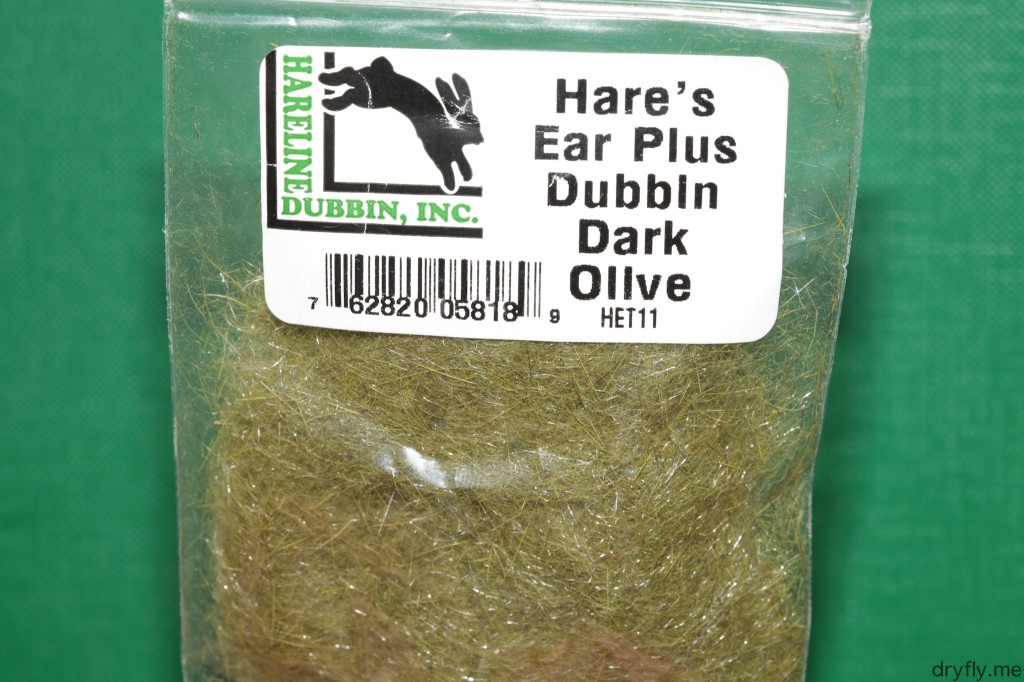
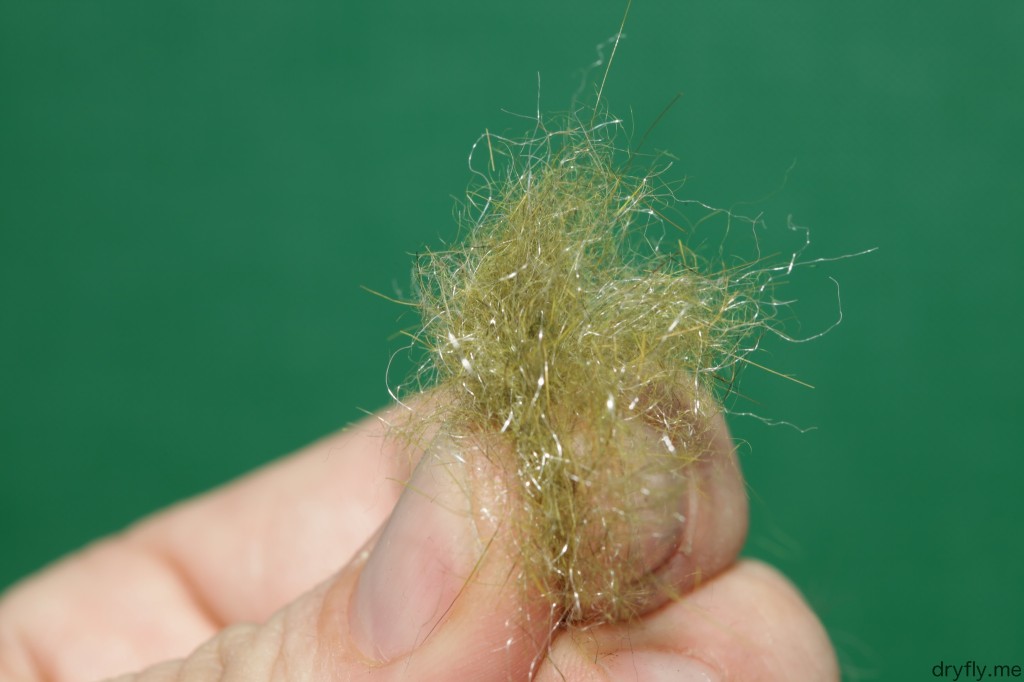
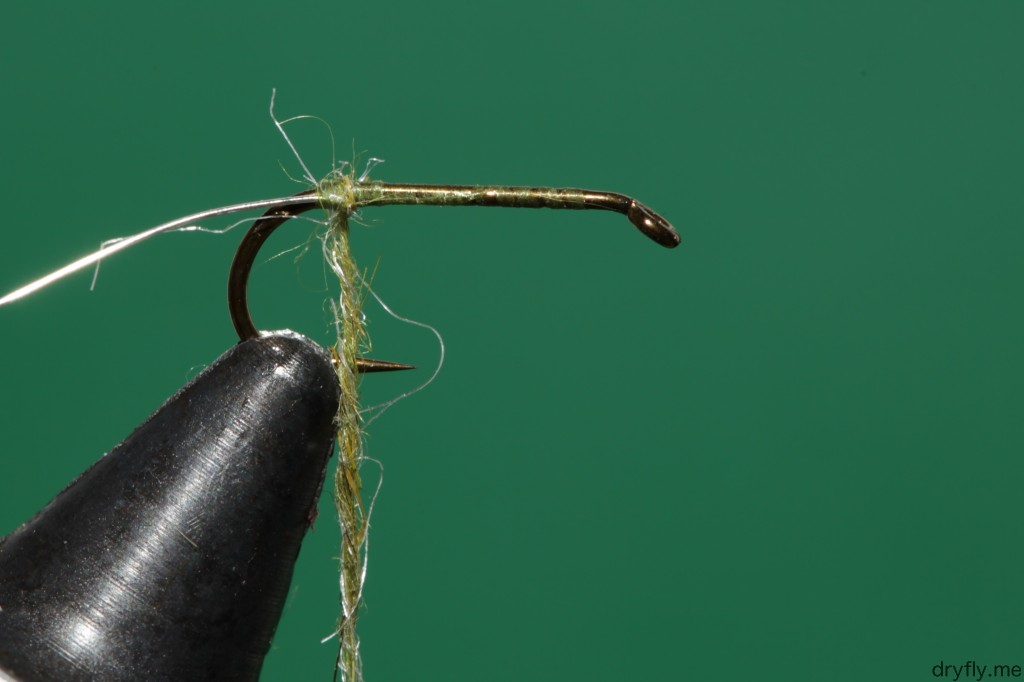

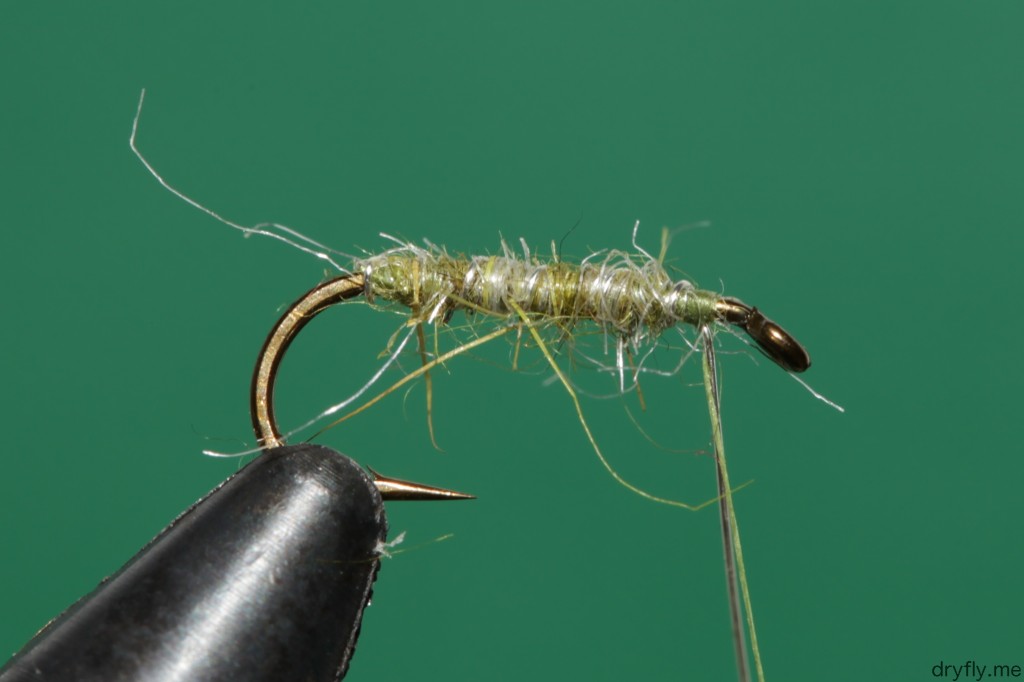
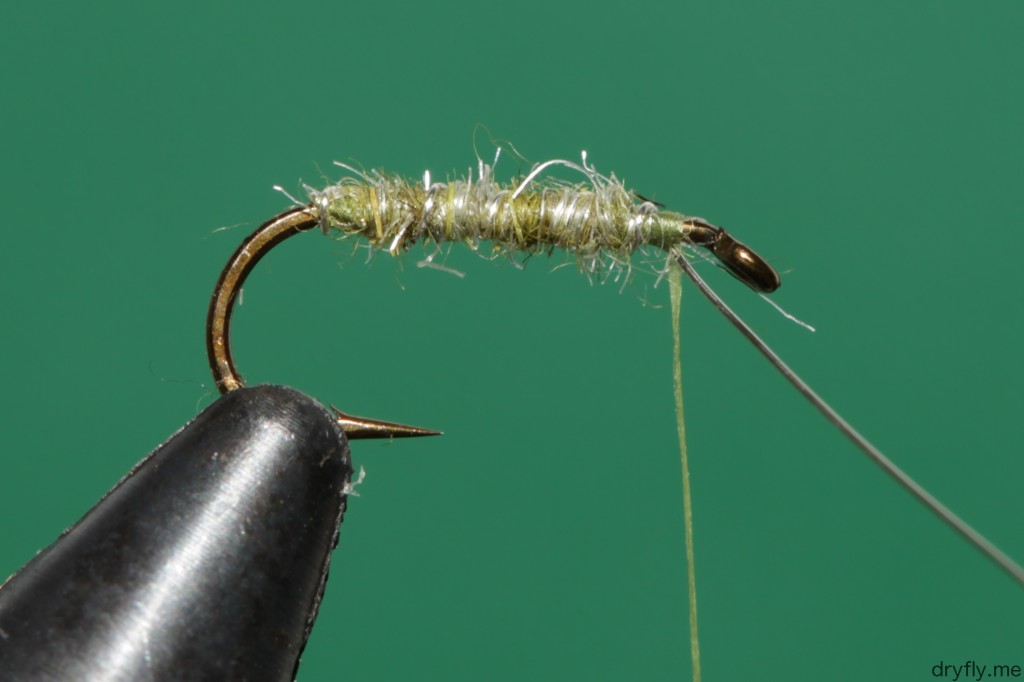
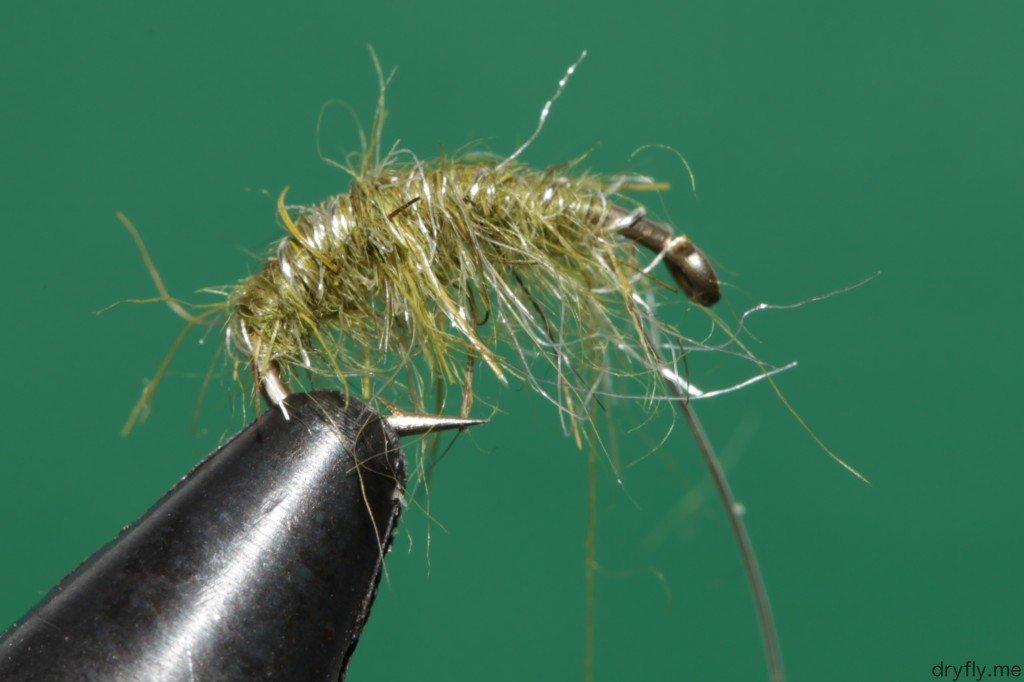
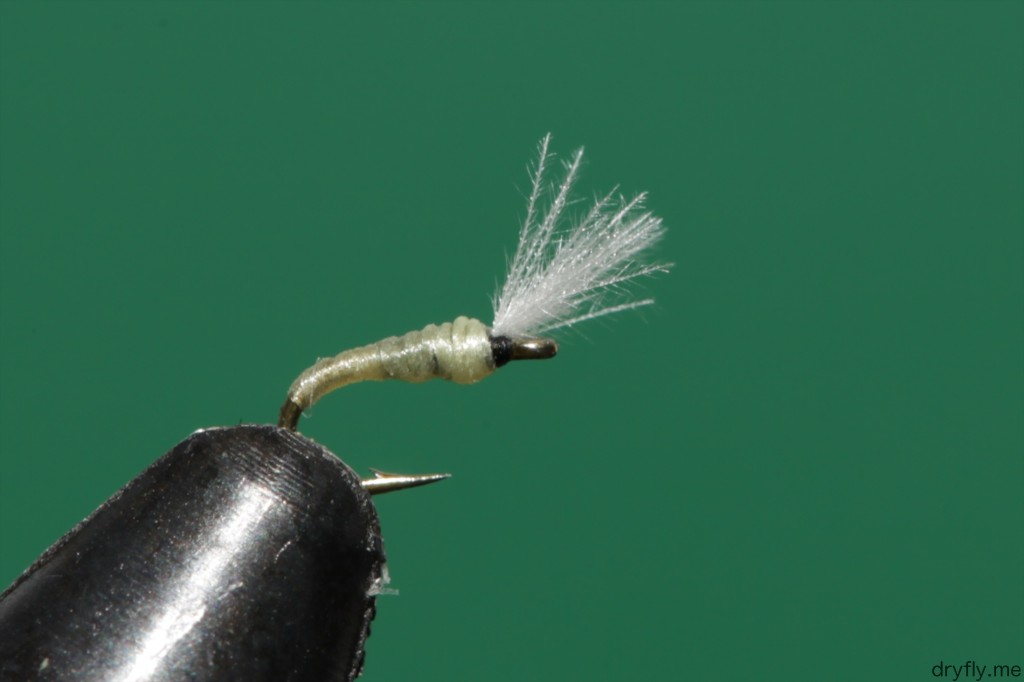
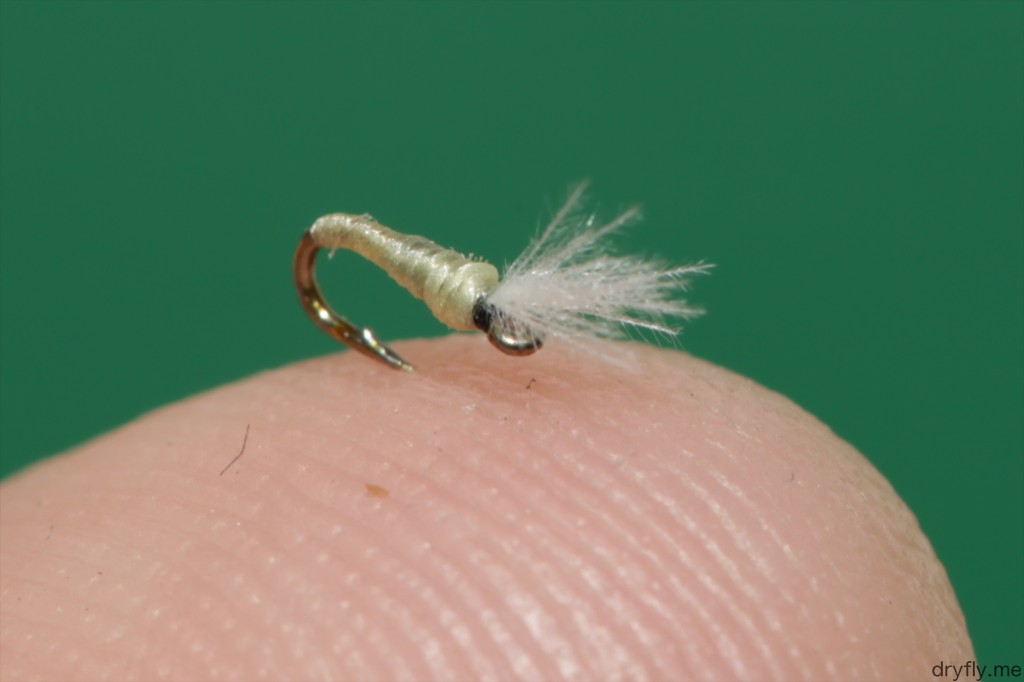
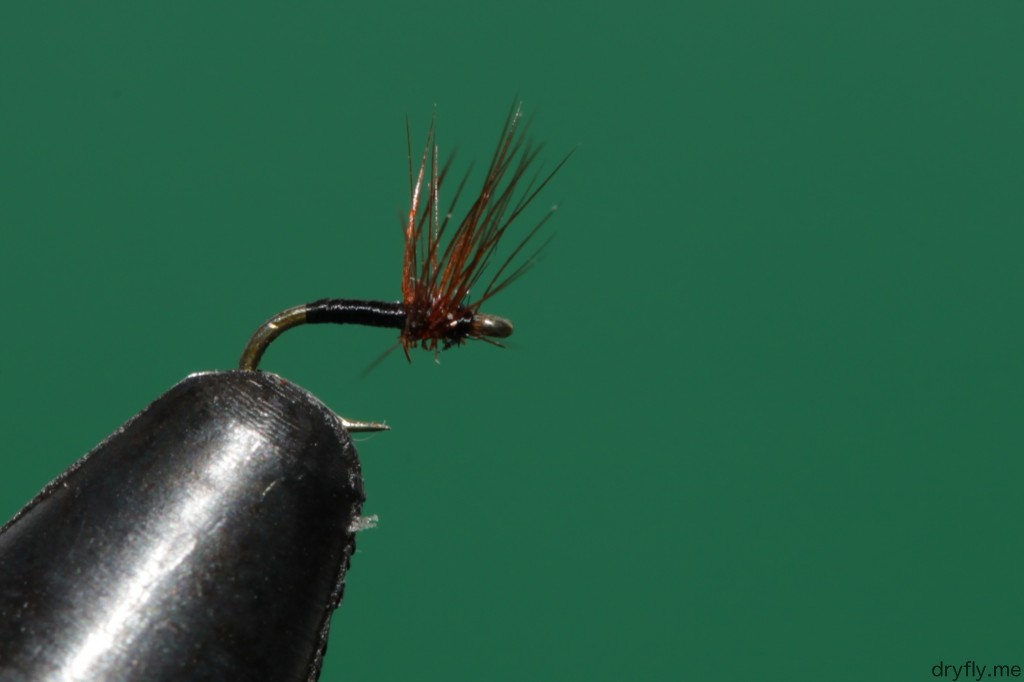
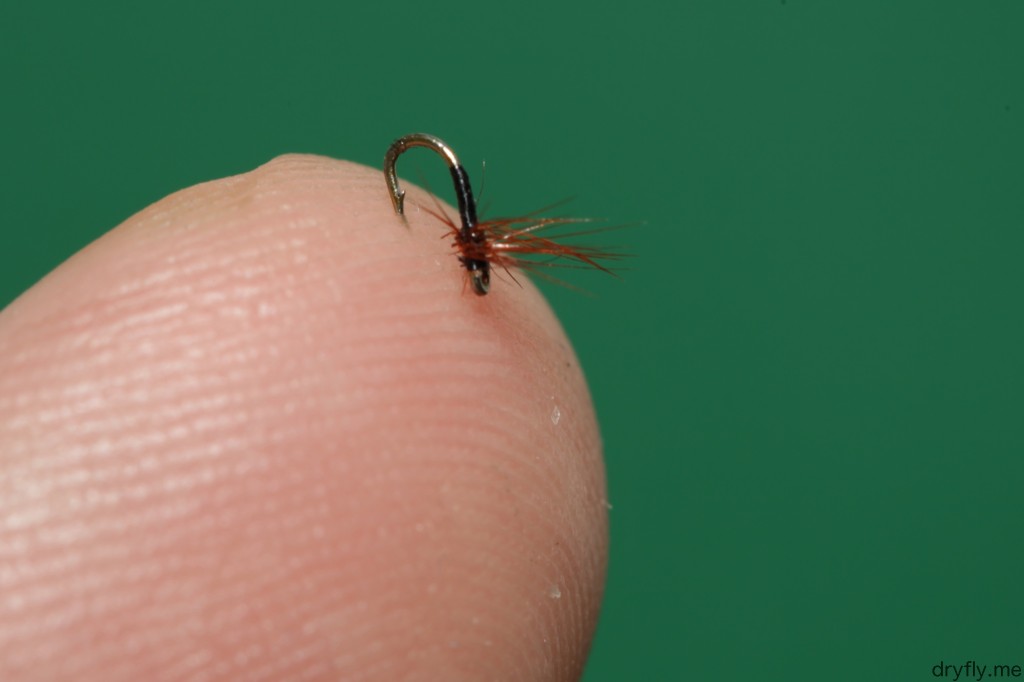
Recent Comments